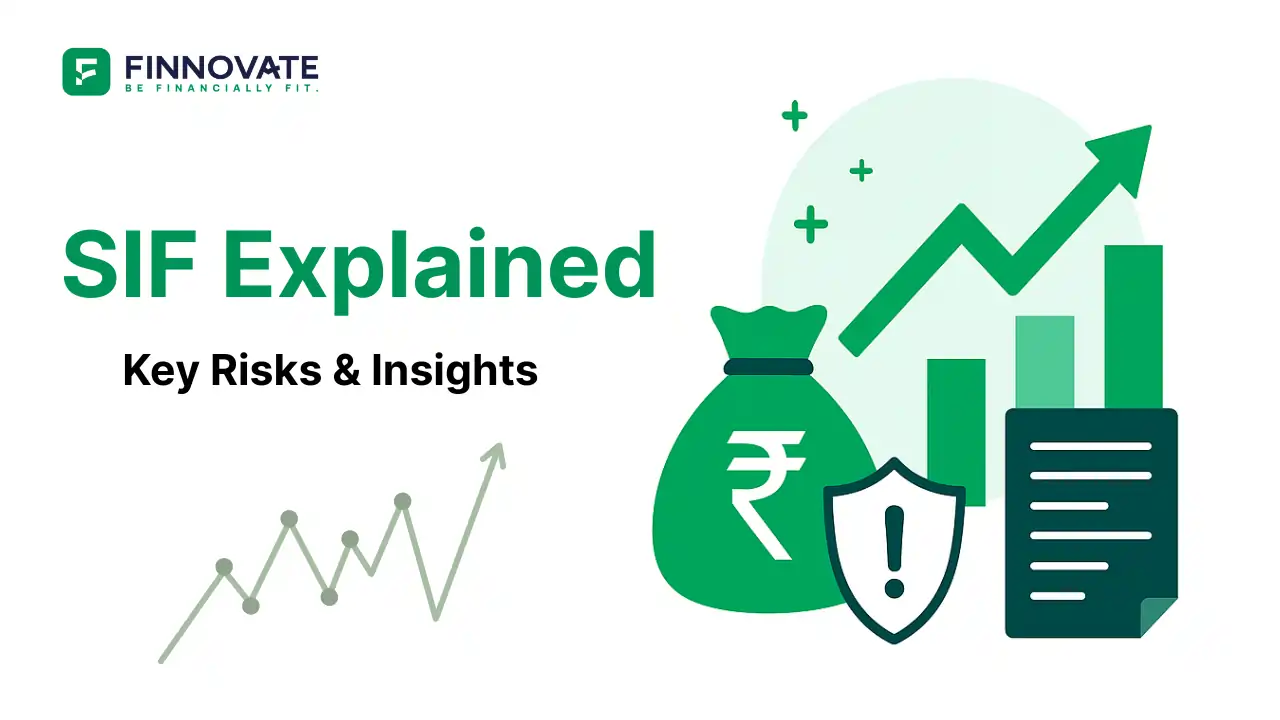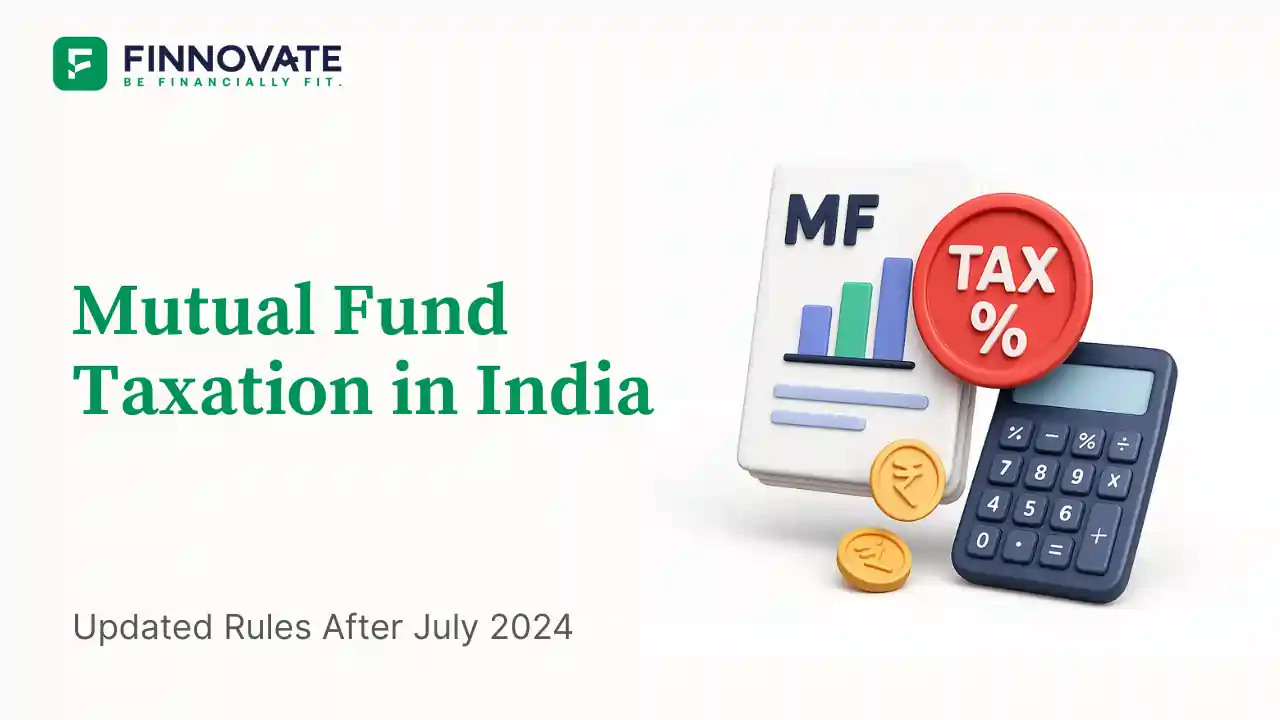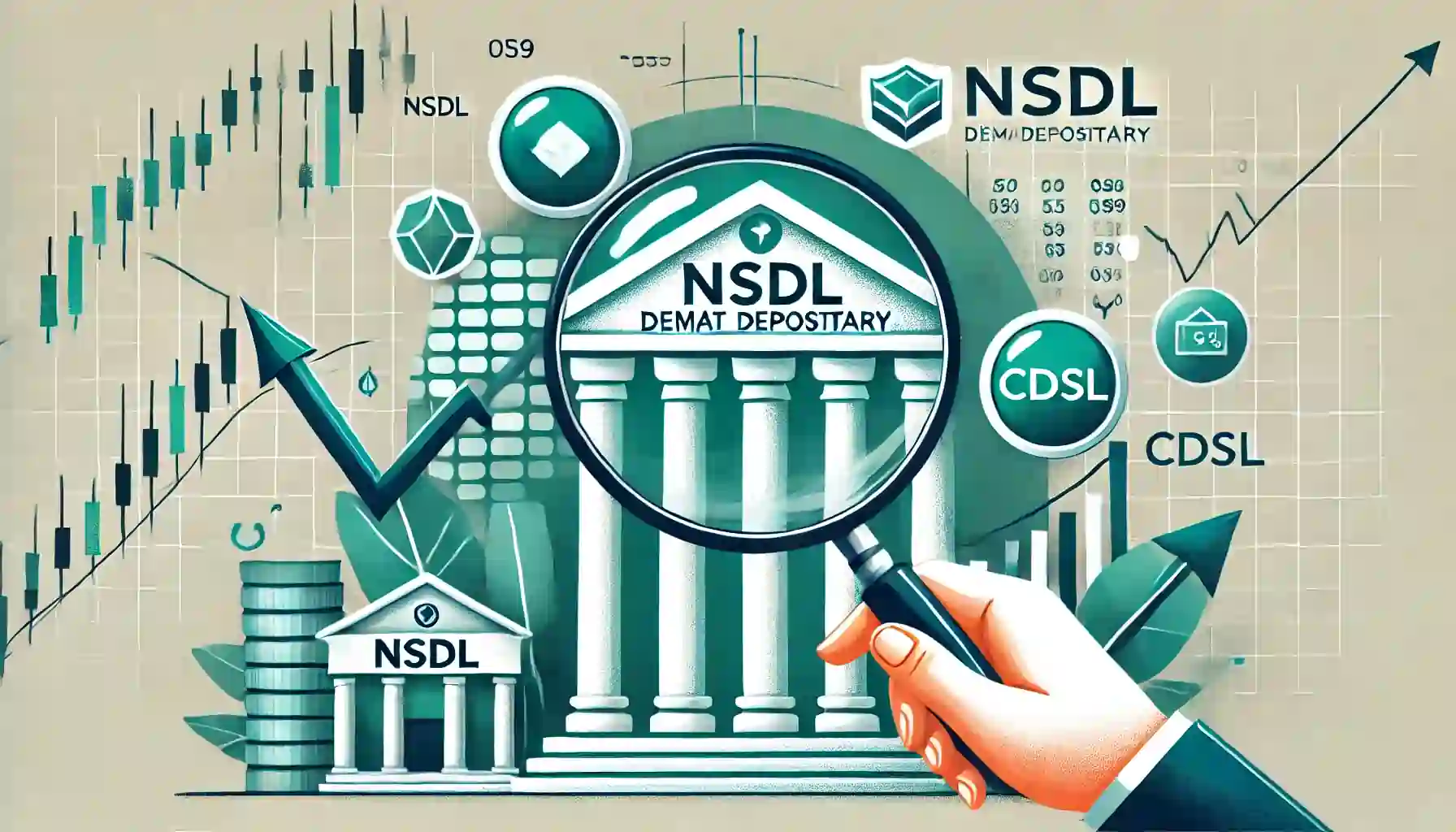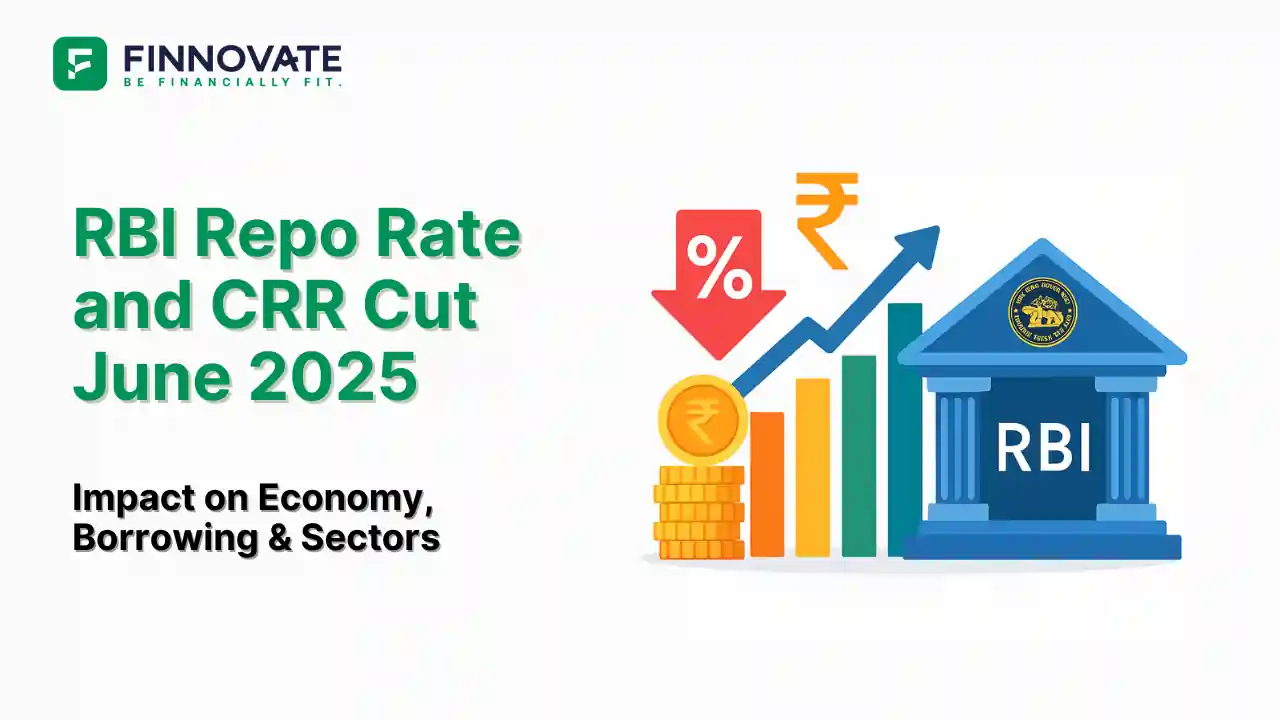Why Are FPIs Selling India? Explained in Simple Terms

By

India’s economy is growing at a healthy pace, inflation is under control, and domestic investors remain confident. Yet, foreign portfolio investors (FPIs) have turned sellers once again. It’s a question many market watchers are asking - if India’s growth story is intact, why are FPIs exiting Indian equities? The answer lies in a mix of global politics, currency movements, valuations, and short-term portfolio strategy rather than any structural weakness in the Indian economy.
In the September 2025 quarter, FPIs sold Indian equities worth nearly $8.75 billion, making it one of the heaviest selling phases in recent times. This number already factors in IPO inflows from anchor and QIB investors, meaning the secondary market selling was even higher.
While FPIs did invest modestly in Indian debt during the same period, those inflows were too small to offset the equity outflows. The selling was broad-based - across large caps, IT, and financials - suggesting a cautious global stance rather than India-specific pessimism.
The biggest trigger for the selling came from global trade tensions. The Trump administration’s 50% tariffs on Indian exports worth nearly $50 billion caused serious concern among foreign investors. In addition, the failure of the Indo-US trade deal added to uncertainty about export-led growth.
There were also targeted tariffs on pharmaceutical formulations and a hike in H1-B visa fees, both of which affected India’s most globally integrated sectors - IT and healthcare.
At the same time, many FPIs have earned significant returns over the last few years. For them, it was an opportunity to book profits and rebalance portfolios amid rising geopolitical risks.
Another reason for FPI selling is the combination of stretched valuations and a weak rupee. The Indian rupee recently touched record lows near ₹88.35 per dollar, making India one of the weakest emerging market (EM) currencies in the quarter.
In valuation terms, India’s Buffett Ratio - market cap to GDP - climbed to nearly 115%, far above the long-term average. In comparison, markets such as China, Taiwan, and South Korea looked much cheaper on a P/E basis.
This encouraged global funds to rotate allocations toward other Asian economies where valuations appeared more reasonable. The Reserve Bank of India (RBI) has also signaled tolerance for a slightly weaker rupee, preferring to preserve forex reserves rather than aggressively defend the currency.
Despite the near-term outflows, FPIs are unlikely to stay away for long. They understand that India’s market depth, domestic demand, and long-term growth story remain unmatched among emerging economies.
Moreover, domestic institutional investors - including LIC, mutual funds, pension funds, and insurers - now collectively hold more than $2 trillion in cash and assets, giving Indian markets a strong local cushion against foreign volatility.
As global trade uncertainty settles and yields stabilize, India’s relatively high growth and strong consumption base will make it an attractive investment destination once again. When that happens, FPIs will be back - perhaps faster and in larger volumes than expected.
The recent phase of FPI selling is tactical, not structural. Global investors are rotating capital amid tariff disruptions and valuation concerns, not abandoning India. The long-term outlook remains robust, supported by domestic liquidity, economic stability, and steady reforms.
In simple terms - FPIs may be stepping out for now, but they’ll return when the dust settles. The India story is still very much alive.
Disclaimer: This article is for informational purposes only and should not be considered investment advice. Investors are advised to consult with a financial advisor before making investment decisions.

Learn how to easily download your NSDL CAS Statement in PDF format with our step-by-step guide. Follow our instructions to log in to NSDL e-Services, download your account statement, and subscribe for
Read Full
Explore what Specialised Investment Funds (SIFs) are, their benefits, taxation, minimum investment, how to invest, how they compare with mutual funds and PMS and latest developments in SIF space
Read Full
Learn How to Download Your CDSL CAS Statement with our step-by-step guide. Easy instructions for accessing your investment details online.
Read Full
Analyzing the potential economic impact of the 2025 India-Pakistan conflict on India's GDP growth, manufacturing sector, and foreign investment.
Read Full
Looking for the best financial freedom books? Here’s a handpicked 2025 reading list with summaries, why to read, and who it's best for.
Read Full
Clear guide to mutual fund taxation in India for FY 2025–26 after July 2024 changes: equity STCG 20%, LTCG 12.5% with ₹1.25L exemption, debt/hybrid rules, dividends, examples, tables, and FAQs.
Read Full
Determine if your Demat Depositary (DP) is NSDL or CDSL easily. Follow our guide to check using broking platforms or Demat account number formats
Read Full
RBI cuts repo rate by 50 bps and CRR by 100 bps in June 2025 to boost growth. Learn how it impacts inflation, borrowing, sectors, and market trends.
Read Full